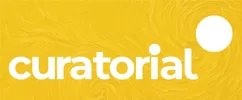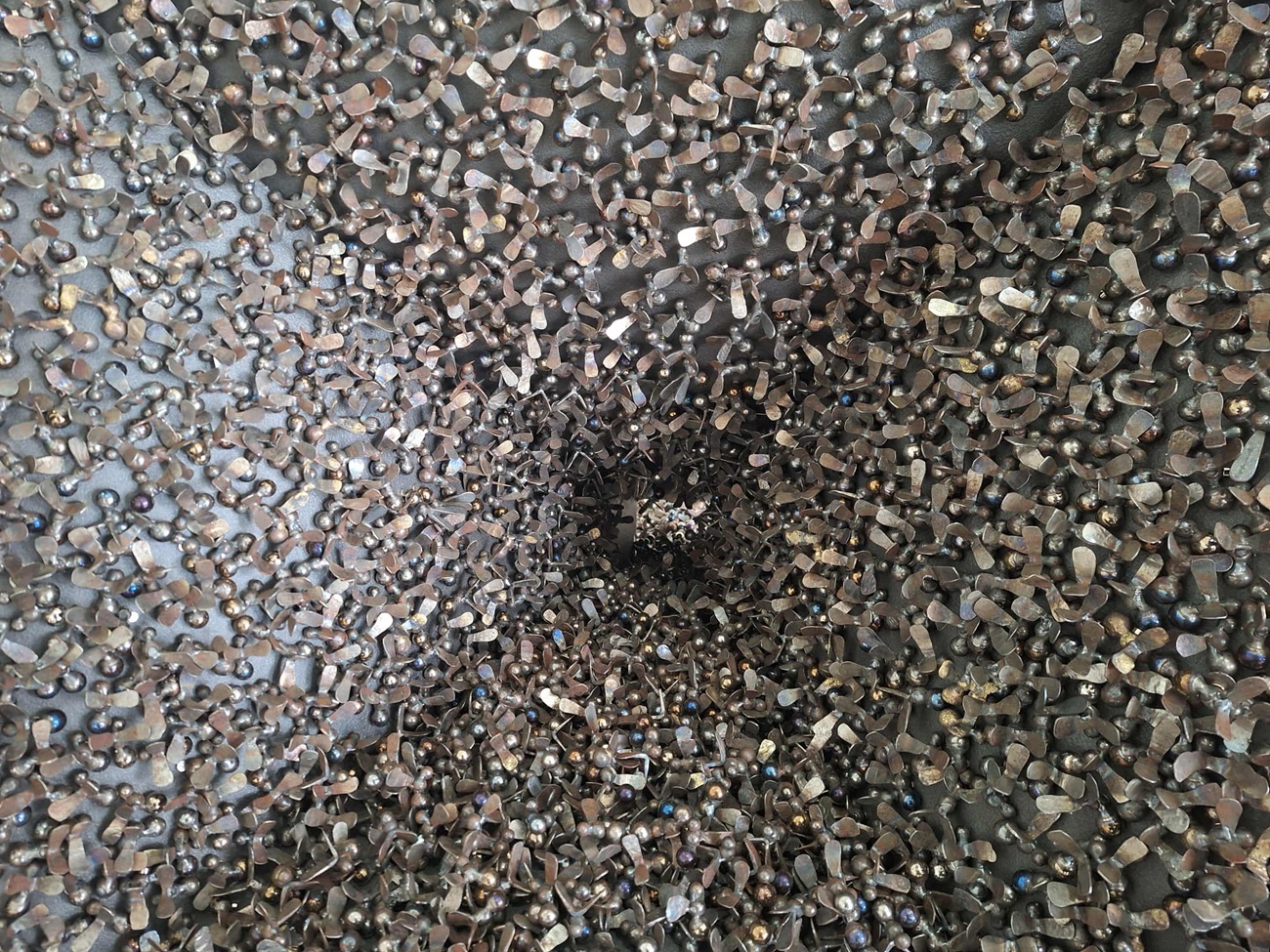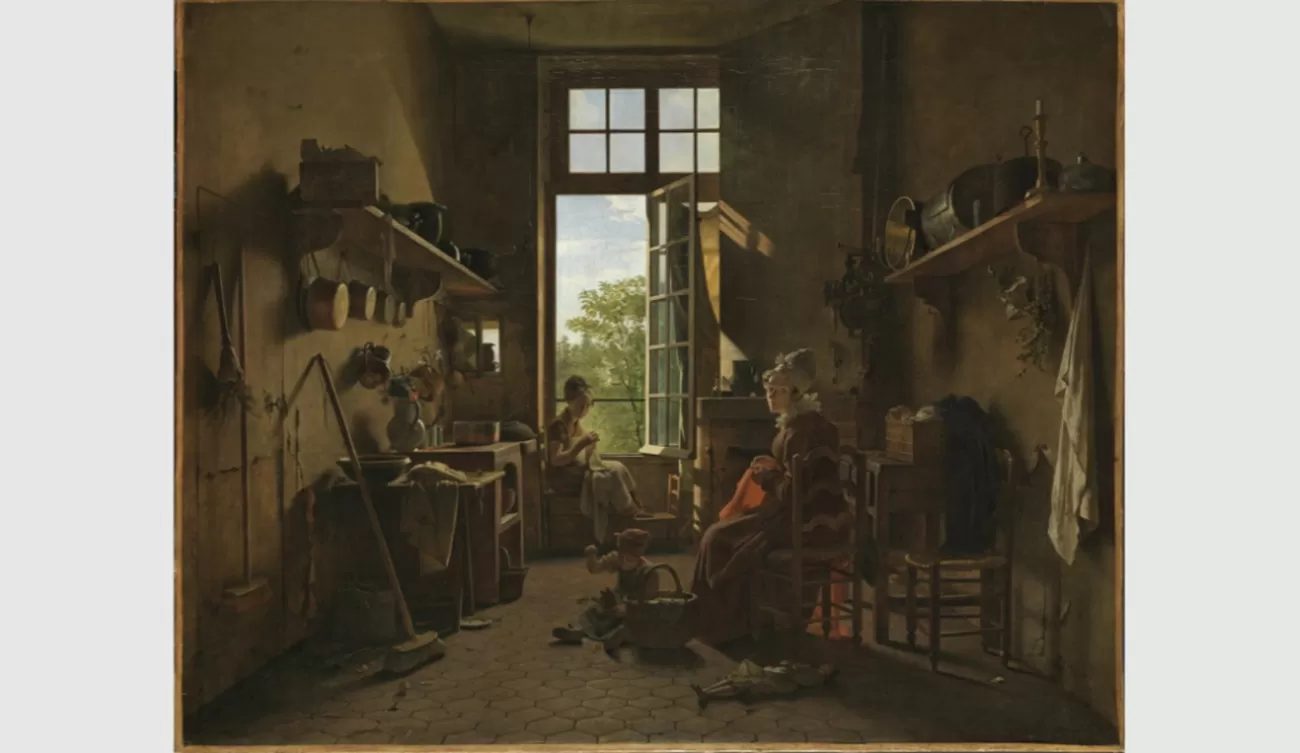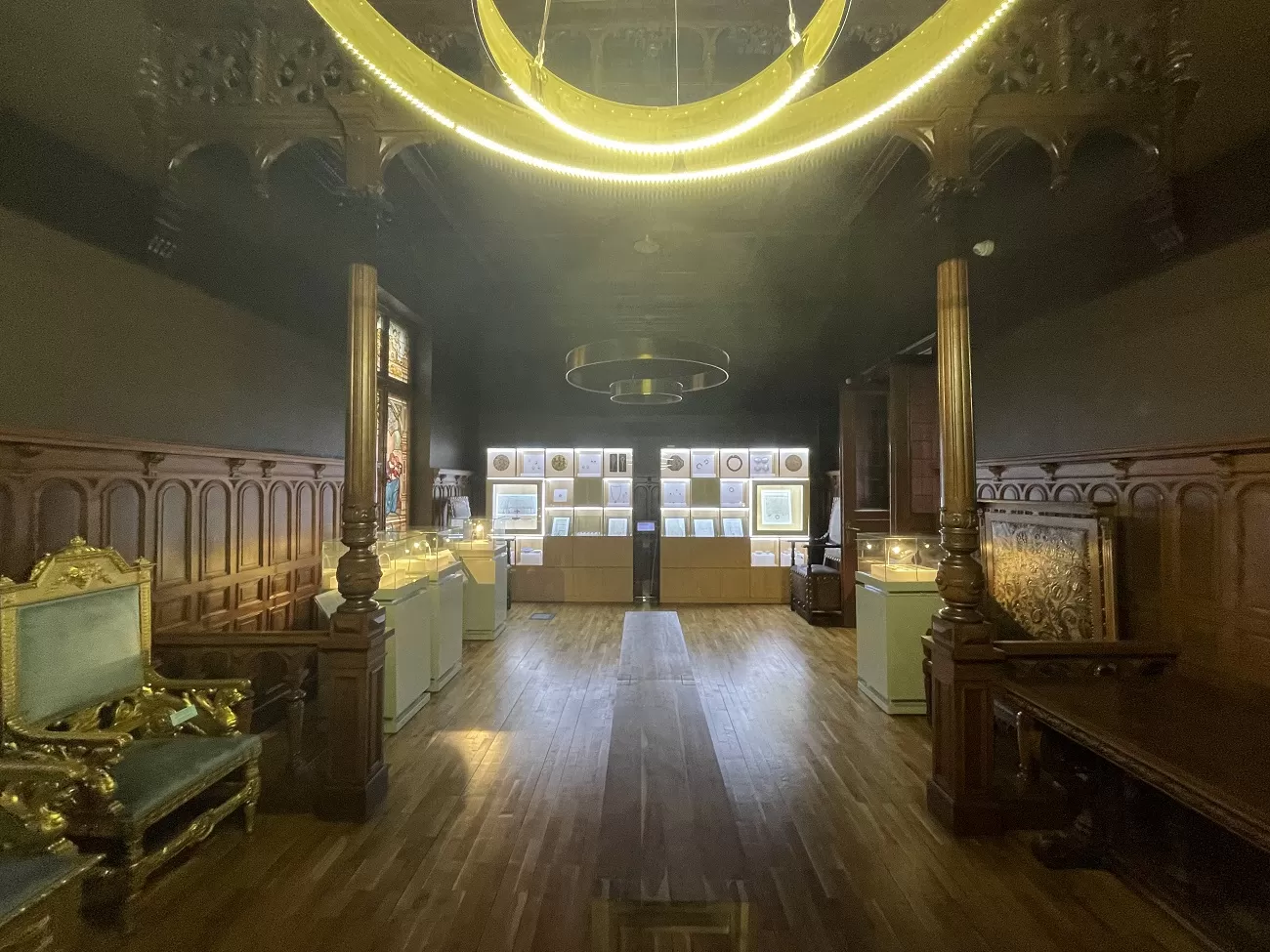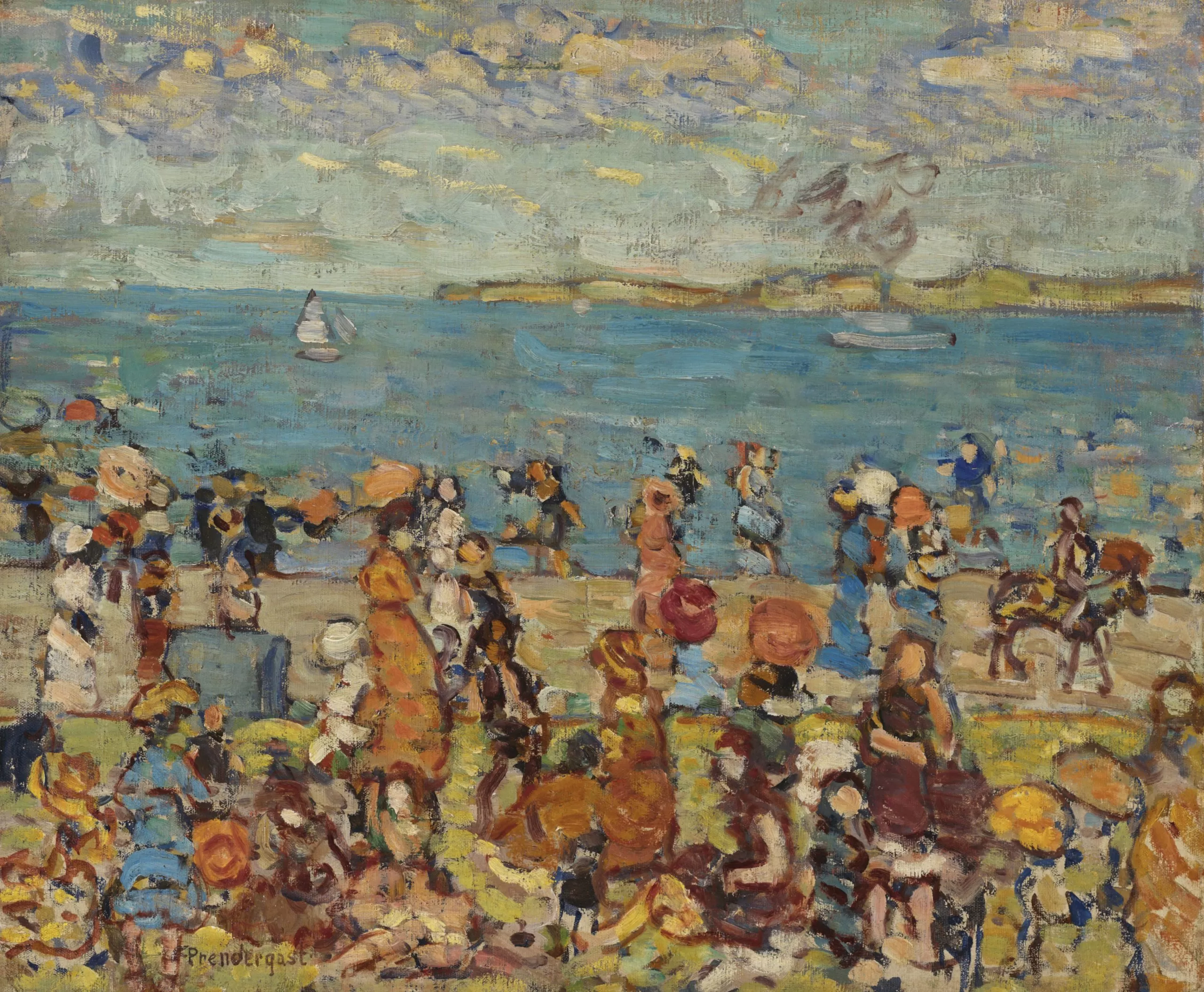
INTERVIEW – Lauriane Obry, tapiserie verdure as an ancient technology of illusion and modern-day technologies of illusion
French artist Lauriane Obry offers new perspectives on the woven object through a research project that is being presented these days in Bucharest.
In an interview for curatorial, she explains how she has combined new technologies with tapestry to allow the viewer to delve into the intricacies of the art.
It’s a point of view that tends more towards design than art history, which has so far been the authoritative source on the history of tapestry and its future development, according to the artist.
“Tapiserie Verdure”, an installation by Lauriane Obry, is on show at Romanian Design Week, until May 25, in the historic building that once housed the famous restaurant Cina.
Situated at the intersection between textile art, augmented reality and digital interaction, the installation starts from two traditional textiles kept in the collection of the National Art Museum of Romania and explores new ways of perceiving and interacting with textiles. The fabric becomes a living support, inviting the public to reflect and rediscover, transforming the space and the viewer’s perception.
Lauriane Obry, a graduate of ENSCI-Les Ateliers Création et Technologie Contemporaine and a graduate of the Manufacture des Gobelins, combines traditional savoir-faire with new technologies, questioning the contemporary role of tapestry. Her project renews the form, use and perception of fabric, highlighting the creative process and reviving the tradition of immersive mobile decoration.
The public can interact with the digital artifacts via their smartphones. New dimensions of the fabric can be accessed, where details, animations and the play of proportion are revealed.
At RDW, the installation is included in the RDW Design Flags section, which brings together relevant international exhibitions from Austria, France, Italy, Spain, Sweden, Hungary, Czech Republic, Denmark, France, Italy, Spain, Sweden, Hungary, Czech Republic, Denmark and Moldova.
Credit photo: Stéphane “Sby” Balmy / @sbyconnection; Lauriane Obry

Credit photo: Stéphane “Sby” Balmy
What inspired this installation?
Lauriane Obry: This installation is the continuation of a research project supported by the Agora du Design grant, in which I want to take a new look at the ancestral object and its know-how. It is about providing a technical perspective and envisioning new uses to anchor the woven object and the artisanal gesture in our age.
How do traditional techniques blend with new technologies?
Lauriane Obry: The installation presents a tapestry in the style of verdure. Initially, the aim is to show that this object was, for its time, a technology of illusion in which weavers developed their technique. For verdure-style tapestry is not just the suggestion of a naturalistic landscape. It is above all the synthesis of a process borrowed from painting, called atmospheric perspective, with a weaving technique called hatching. This technique, traditionally found in the treatment of chairs and draperies, is used here to support the effects of atmospheric perspective and to play with the blurred perception of planes.
In this way, greenery tapestry, seen as an ancient technology of illusion, meets today’s technologies of illusion, such as augmented reality (AR). The installation brings together two technologies of illusion to show the continuity of the weavers’ work, which has always questioned our relationship with perception, virtualization and immersive objects. There is no ‘tradition and modernity’ or ‘rupture and innovation’ here, but rather a clear continuity that allows the woven object and its know-how to take its rightful place in the artistic issues of our time.
What is the message of the installation?
Lauriane Obry: Through this installation and, more broadly, through my research, I want to give tapestry a technical perspective and return to an understanding of the object in terms of its characteristics. It is a point of view that tends more towards the discipline of design rather than that of art history, which has hitherto been the authoritative source on the history of tapestry and its future development.
By showcasing tapestry as a technology of illusion and linking it to augmented reality technologies, the aim is to demonstrate that, more than ever, the ancestral object has its place in a century where immersion and experiences are so important.
How is the public reacting?
Lauriane Obry: There is often wonder and curiosity about the woven object. The public takes time to look and discover the details. People have the opportunity to understand a different history of tapestry, which has moved from a monumental and sometimes austere medium to a potentially immersive device. In addition to interaction, the aim is to give the public new perspectives on the woven object. In this way, the public learns more about the history of tapestry and learns to see it in a way that goes beyond the traditional museum approach – from a distance, with low lighting, etc. Tapestry is rediscovered as a decorative and festive object, which it has been for centuries and which is not seen in museums for obvious conservation reasons.
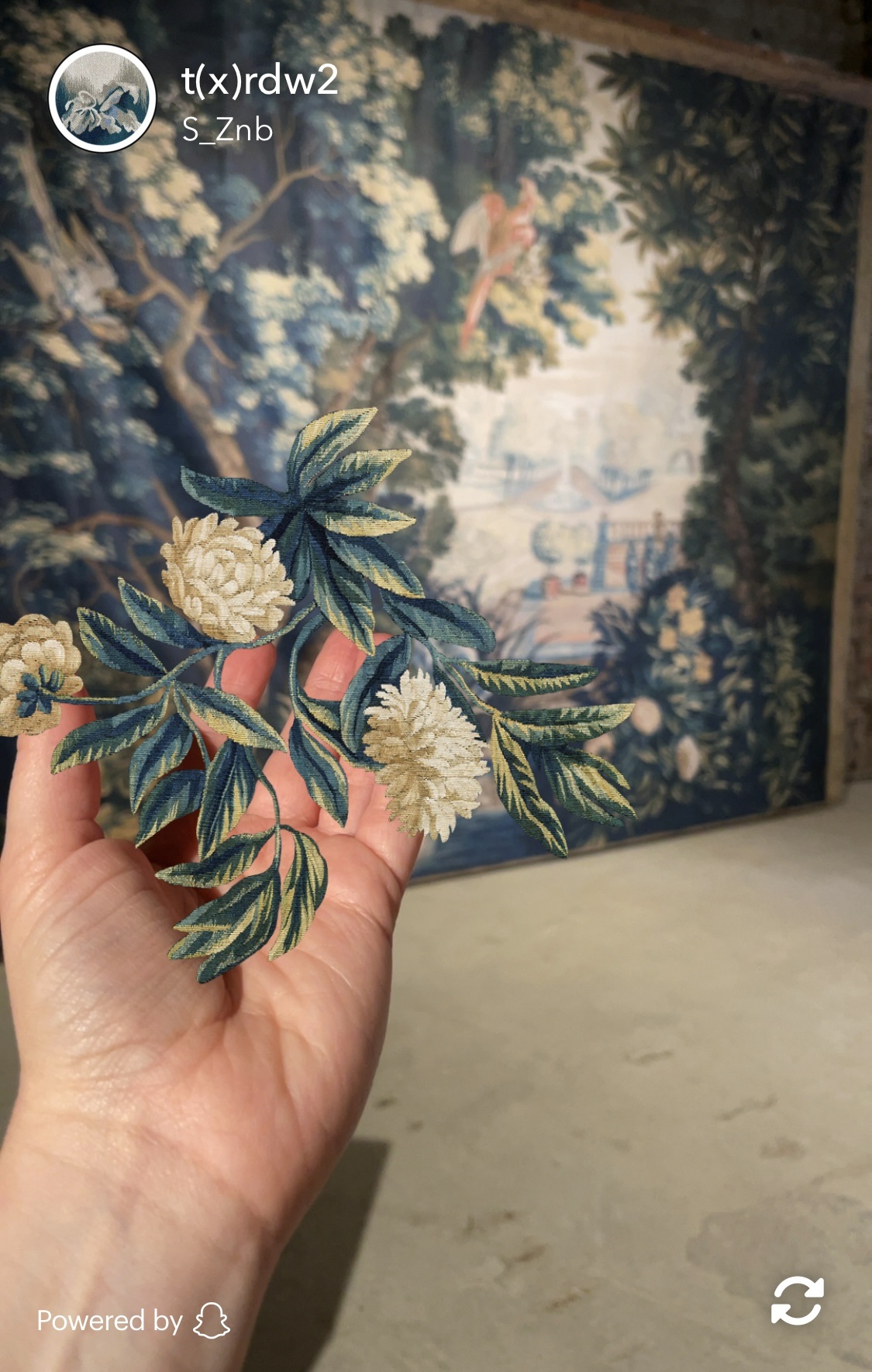
How did the Romanian public perceive your work?
Lauriane Obry: In general, the public was first attracted by the tapestry hanging on the wall. Then they were interested in the two small fabrics with QR codes. The widespread use of QR codes with smartphones meant that the audience could quickly and easily understand the type of interaction on offer. It was easy to learn and the audience was enthusiastic.
How do you think tapestry is perceived in contemporary art today?
Lauriane Obry: In recent years there has been a great resurgence of interest in textile art at art events. This corresponds to a time when we want to valorize craft practices and re-appropriate decorative objects as beneficial objects in our lifestyles. Tapestry is also experiencing this trend. It is therefore a good time to showcase what has already been produced, while exploring other forms and uses that respond to the challenges of our times.
How do you see tapestry evolving over the next few years?
Lauriane Obry: I hope that this new enthusiasm will continue for decades to come, to give time for creatives to prototype new forms and connect woven objects with new technologies, or to develop new materials that promote local areas, vernacular knowledge or sustainable economies. This curiosity about textile art allows us to offer financial and human support to creatives through research programs and exhibitions, which is good for the whole craft economy.
What are your plans for the near future?
Lauriane Obry: I won the MIRA grant from the French Institute to go on an international residency. So I hope to go to Saudi Arabia, to AlUla, before the end of the year. It would be an opportunity to continue my research on the use of new technologies, while taking into account new practices. It would also be a chance to meet new people in the area and contribute to another part of my work, which focuses on the use and development of sustainable local resources to restore tapestry to its traditional (once thermal and acoustic) qualities.

